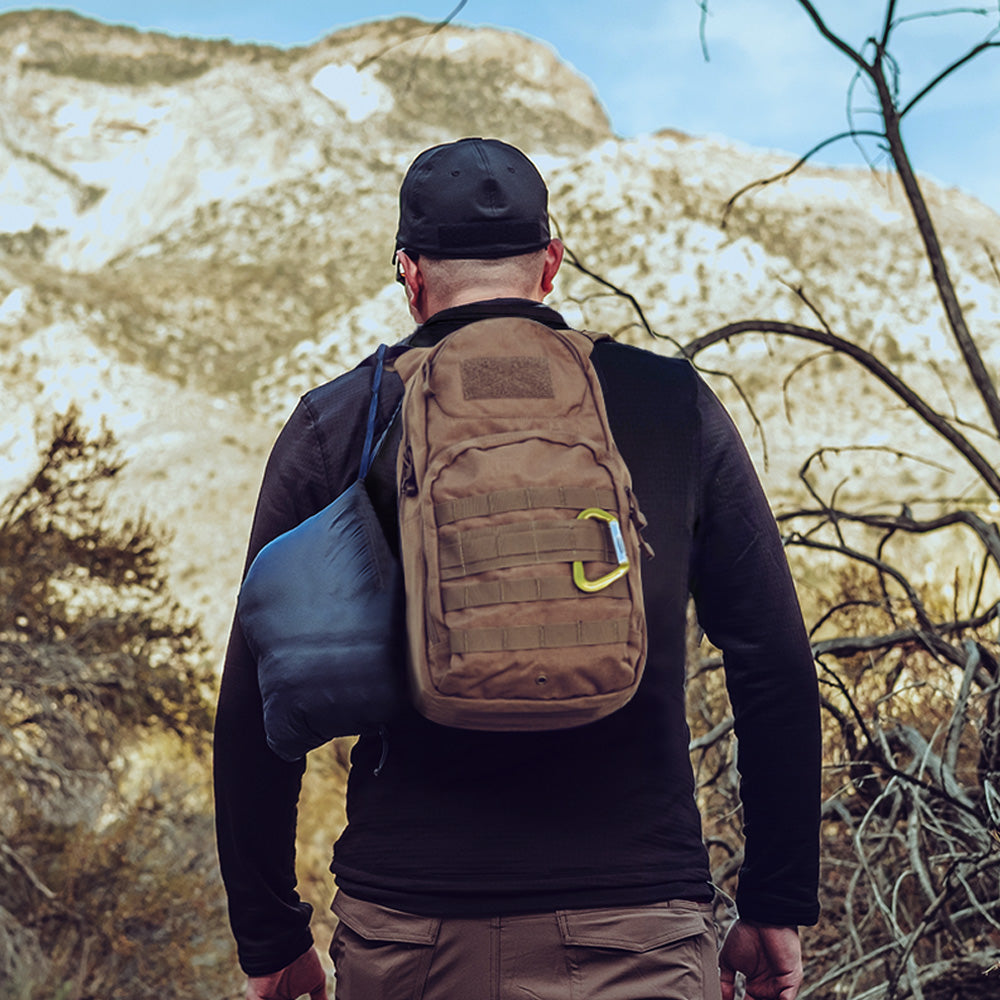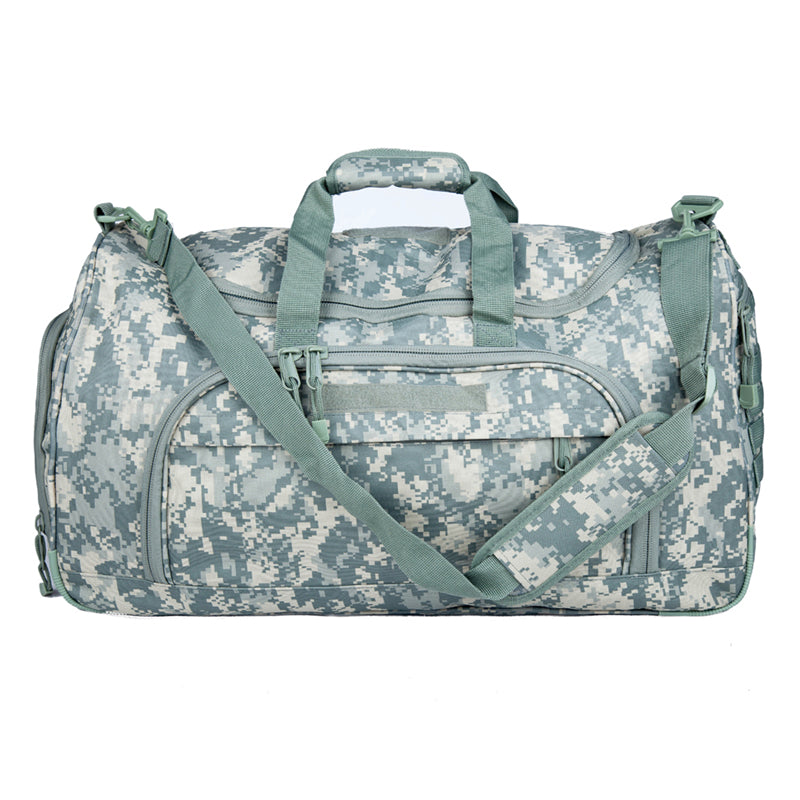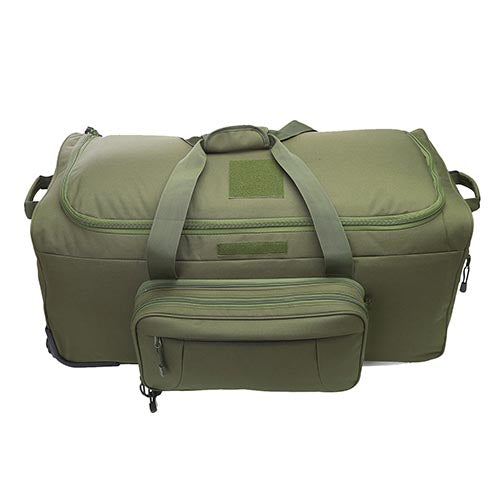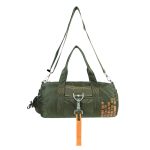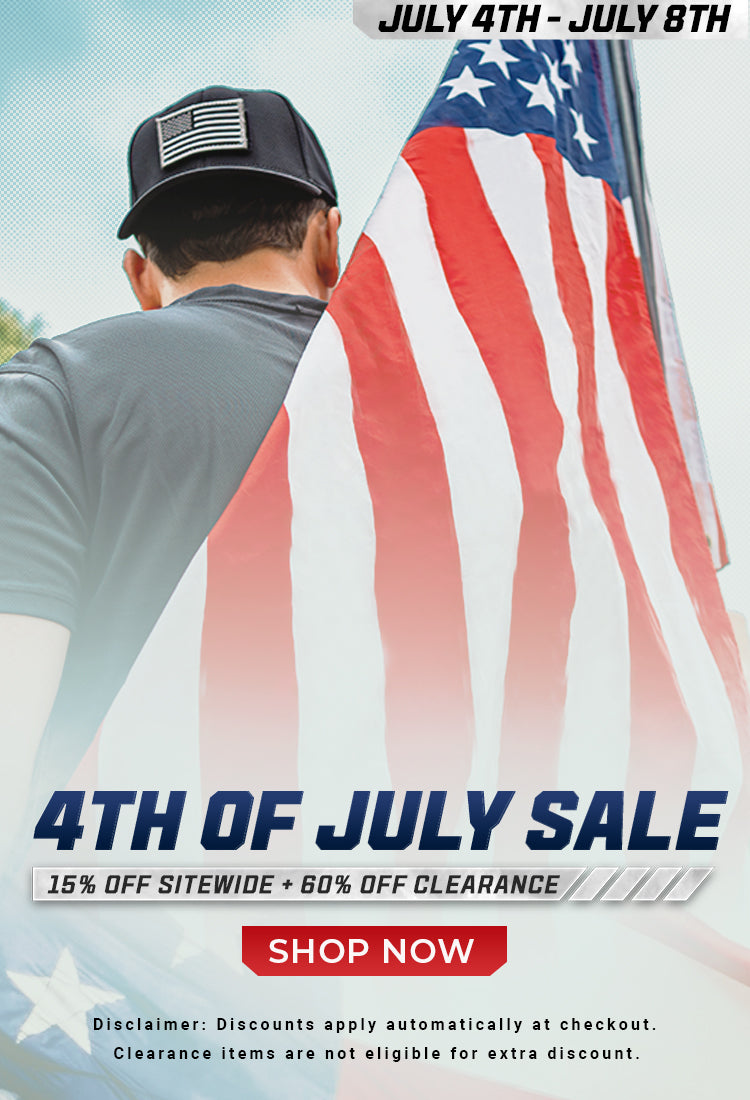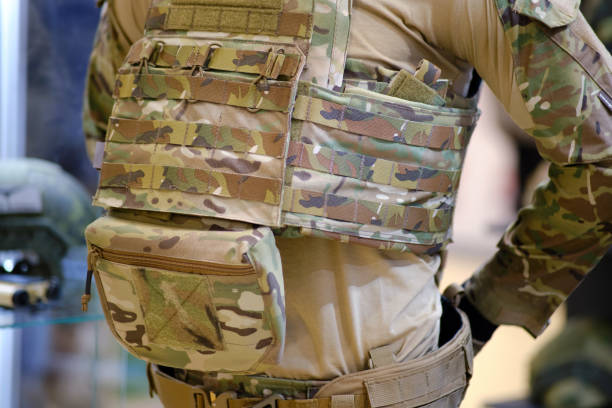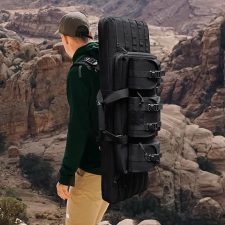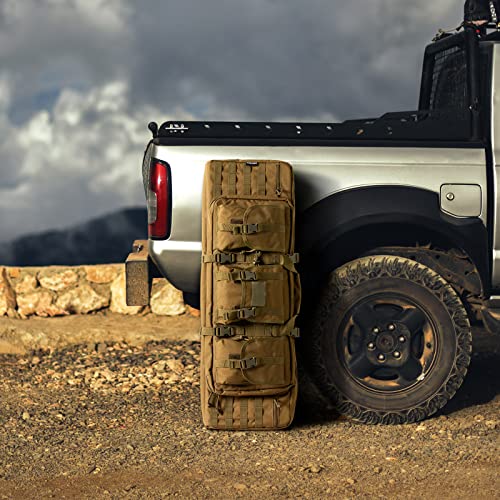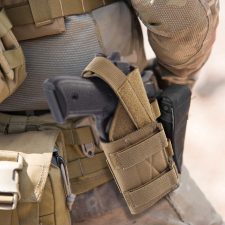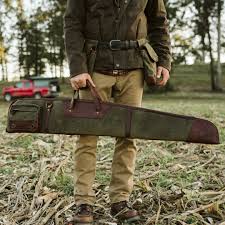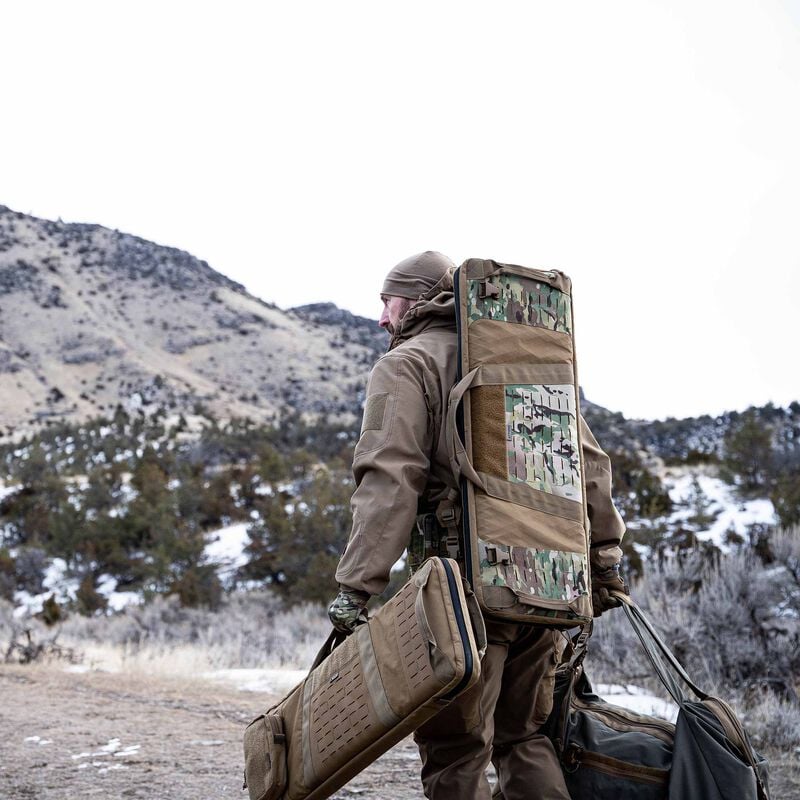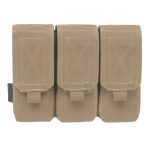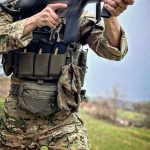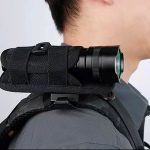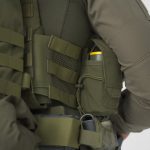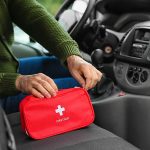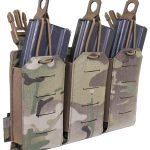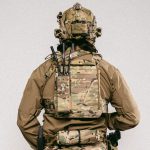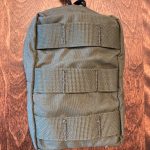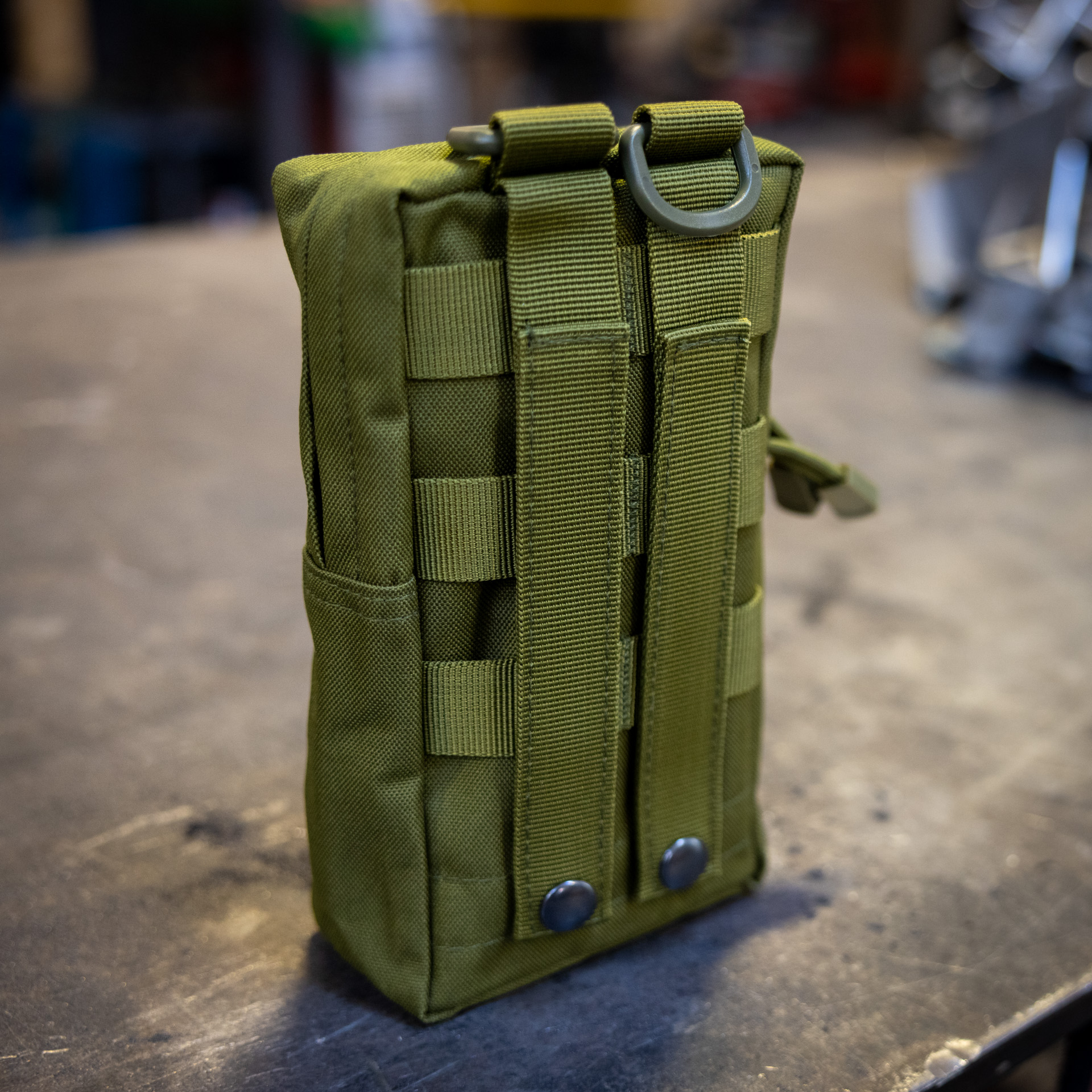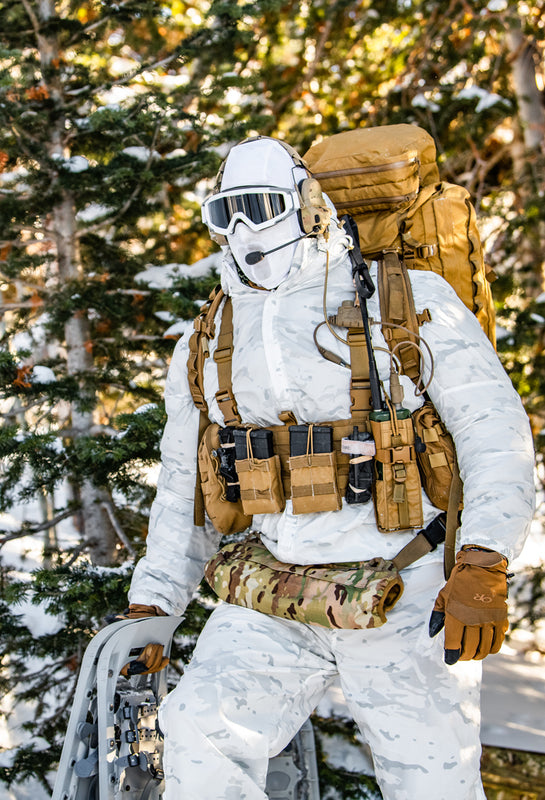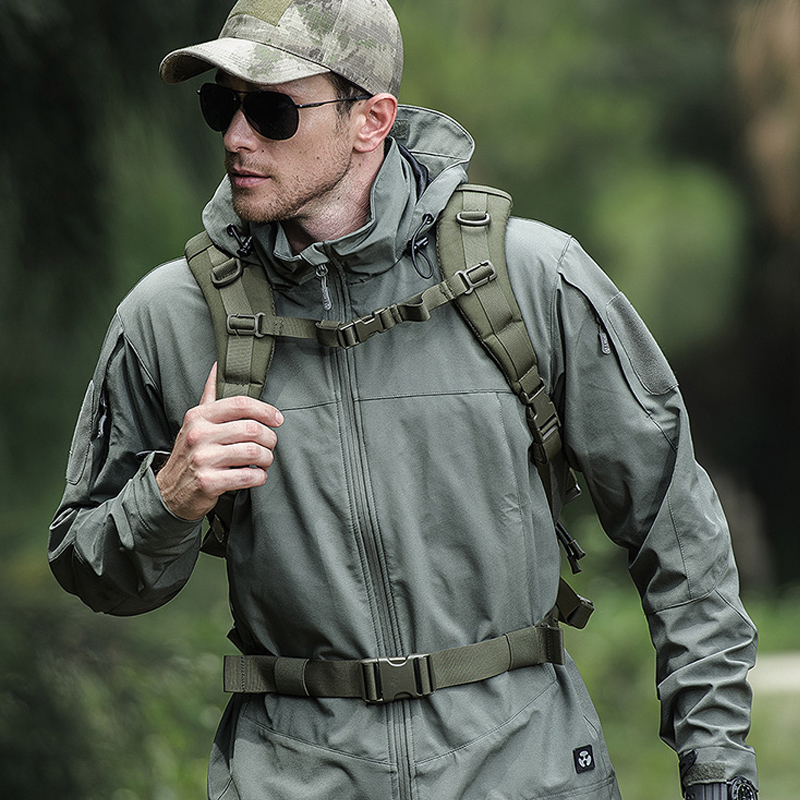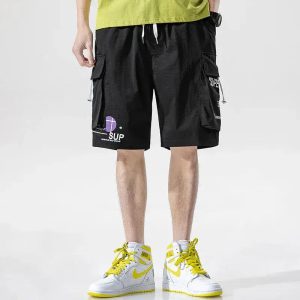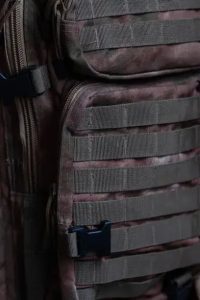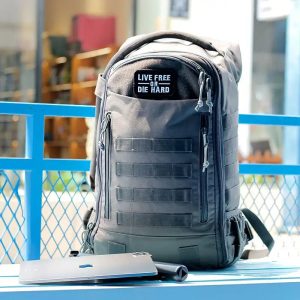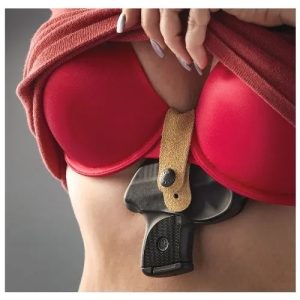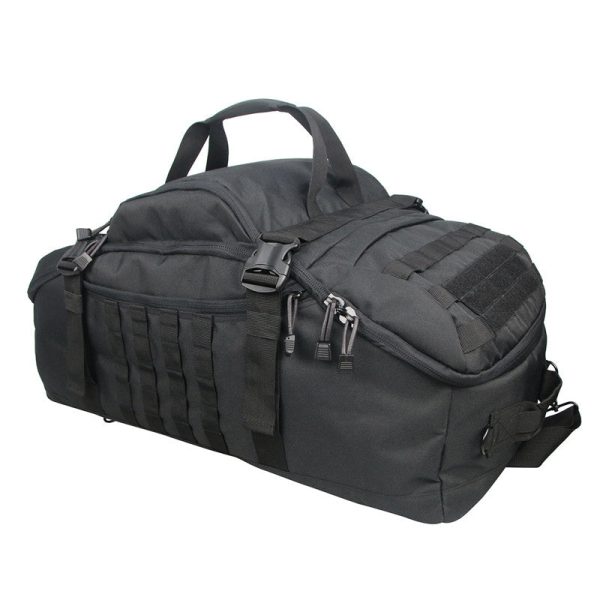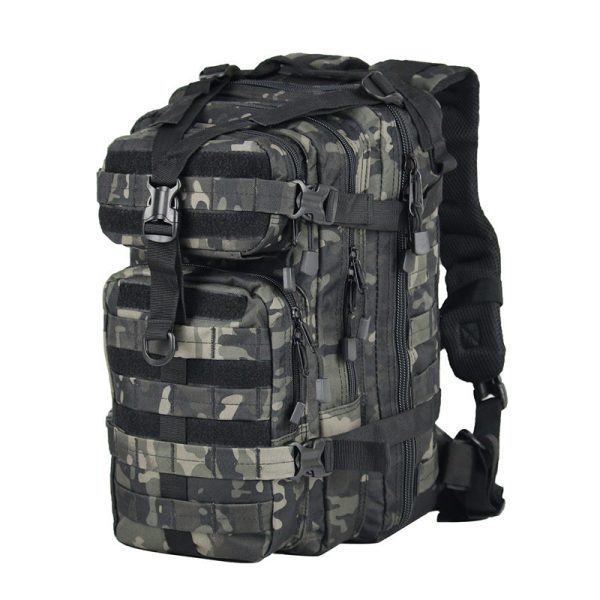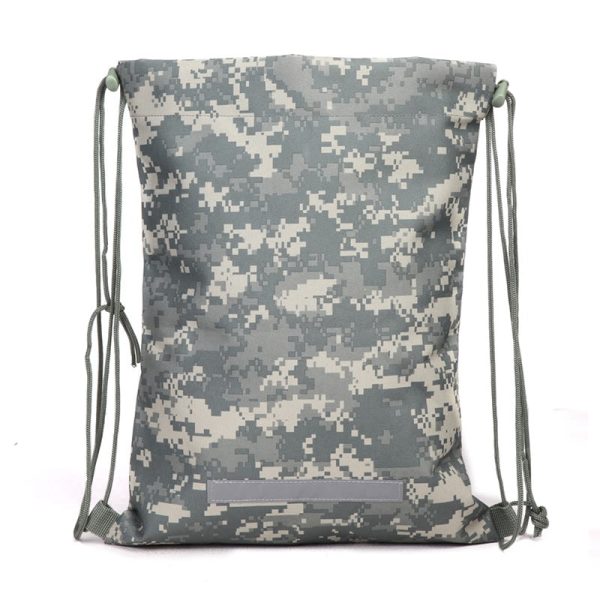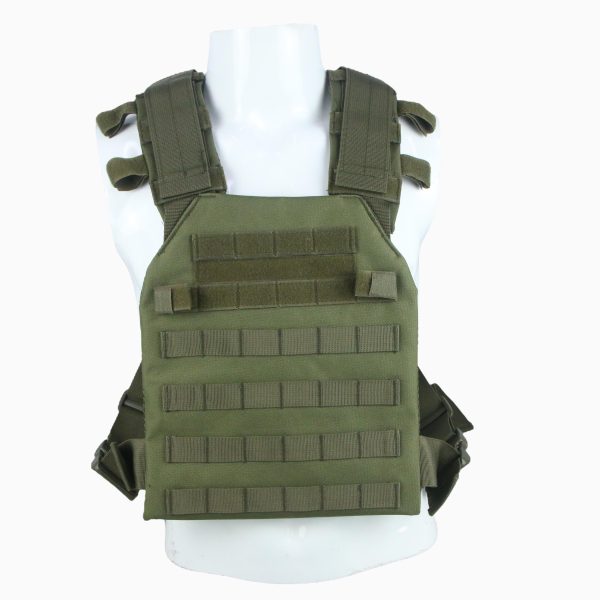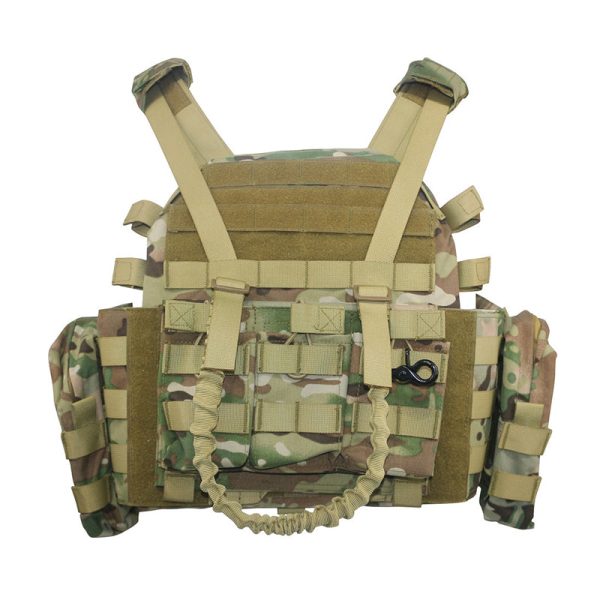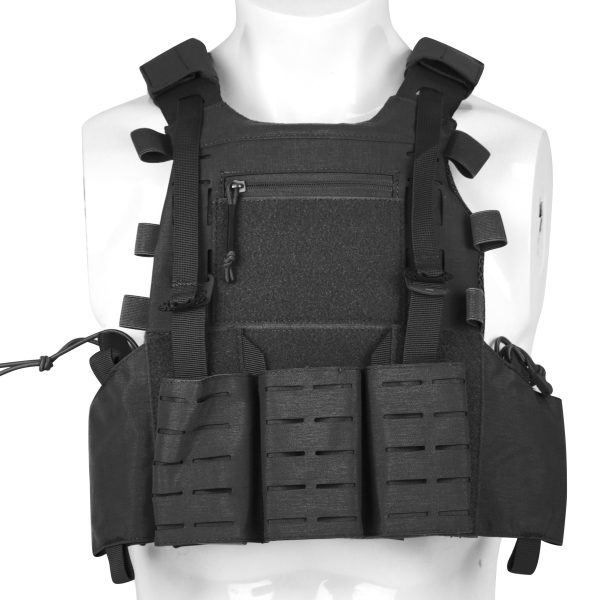The colors used in 전술 장비 are not only about aesthetics but also provide camouflage, convey professionalism, and even boost morale. In this article, we’ll explore the various colors used in tactical gear and how to choose the best one for your needs.
Black: The Classic Choice
Black is perhaps the most recognized color in tactical gear. It’s often associated with law enforcement and special forces.
The reason is simple: black is versatile. It works well in urban environments and nighttime operations.
Moreover, black gear looks professional and intimidating, which can be an advantage in certain situations.
However, in bright environments, black can stand out, so it’s not always the best choice for camouflage.
When to Use Black
Urban Operations: Ideal for city environments where blending in with shadows is crucial.
Night Missions: Excellent for low-light conditions to minimize visibility.
Professional Settings: Suitable for security personnel who need to maintain a professional appearance.
Considerations
Heat Absorption: Black absorbs more heat, which can be uncomfortable in hot climates.
Visibility: Can be too conspicuous in bright daylight or non-urban settings.

Coyote Brown: The Desert Favorite
Coyote brown is a popular color for those operating in desert or arid environments.
This color blends well with sandy and rocky terrains, making it an excellent choice for military personnel deployed in such areas.
Coyote brown also has the advantage of not showing dirt and wear as easily as lighter colors.
This makes it a practical option for long-term use in harsh conditions.
When to Use Coyote Brown
Desert Operations: Perfect for blending into sandy and rocky landscapes.
Dusty Environments: Keeps a cleaner appearance due to its dirt-concealing properties.
All-Purpose Use: Its neutral tone makes it versatile for various terrains.
Considerations
Limited in Green Environments: Not ideal for heavily wooded or lush areas.
Heat Retention: Similar to black, it can retain heat but to a lesser extent.

Olive Drab: The Woodland Warrior
Olive drab, often referred to as OD green, is the go-to color for woodland environments.
This shade of green blends seamlessly with foliage, making it ideal for forested areas.
Olive drab is one of the oldest camouflage colors used by the military and remains a staple due to its effectiveness.
It’s perfect for soldiers, hunters, and anyone who needs to stay hidden in the woods.
When to Use Olive Drab
Forests and Jungles: Excellent for blending with trees and foliage.
Traditional Military Use: Commonly used in military operations worldwide.
사냥: Ideal for hunters needing effective camouflage.
Considerations
Versatility: Less effective in non-green environments such as urban or desert areas.
Visibility in Certain Seasons: May not blend as well in autumn when foliage colors change.
MultiCam®: The All-Terrain Option
MultiCam® is a relatively newer color pattern that has gained immense popularity. It’s designed to work in a variety of environments, from deserts to forests to urban areas.
MultiCam® uses a mix of greens, browns, and beiges, which helps it adapt to different surroundings.
This versatility makes it a favorite among special forces and units that need to operate in diverse terrains without changing gear.
When to Use MultiCam®
Multi-Environment Operations: Perfect for missions that span different terrains.
Special Forces: Favored for its adaptability and effectiveness.
General Use: Suitable for users who need one set of gear for various settings.
Considerations:
Cost: Often more expensive due to its advanced design.
Availability: Harder to find, especially for civilians. Military and tactical units more commonly use this color.
Ranger Green: The Modern Choice
Ranger green is a color that sits somewhere between olive drab and coyote brown. It’s a bit more muted than OD green but more vibrant than coyote brown. This color is gaining popularity for its versatility and modern look.
Ranger green works well in both woodland and urban settings, providing a good balance between camouflage and style.
One popular item in this color is the ranger green plate carrier. Whether in training or on duty, it is a modern and functional choice for tactical professionals.
When to Use Ranger Green
Mixed Environments: Effective in both urban and woodland areas.
Modern Military and Tactical Units: Increasingly popular for its contemporary appearance.
Training Exercises: Suitable for a variety of training scenarios.
Considerations
Concealment: May not offer the same level of concealment in highly specific environments as specialized colors.
Popularity: While modern, it might not always be the standard choice.
Gray: The Urban Camouflage
Gray is becoming an increasingly popular choice for tactical gear, especially in urban environments.
It blends well with concrete and urban backgrounds, making it less noticeable in cities.
Gray gear also looks sleek and modern, appealing to law enforcement and private security teams who operate in urban settings.
When to Use Gray
Urban Environments: Ideal for city operations where blending with concrete is crucial.
Private Security: Provides a professional and modern look.
Low-Visibility Operations: Suitable for scenarios requiring discretion.
Considerations
Limited Use in Nature: Not effective in natural environments like forests or deserts.
Night Operations: It may not be as effective as black in low-light conditions.
Choosing the Right Color for Your Needs
When selecting the color of your tactical gear, consider your primary environment. If you operate mostly in cities, gray or black might be your best bet.
For desert missions, coyote brown is ideal. In forests, olive drab is a reliable choice. If your operations span multiple environments, Multicam offers the versatility you need.
Moreover, think about the durability and maintenance of the color. Darker colors like black and coyote brown are less likely to show dirt and wear, making them practical for prolonged use.
Also, consider how the color will affect your visibility to both enemies and allies.
In conclusion, the color of your tactical gear is more than just a personal preference. It can influence your effectiveness and safety in the field. Once you understand the strengths and weaknesses of each color, you can choose the gear that best suits your mission requirements.


